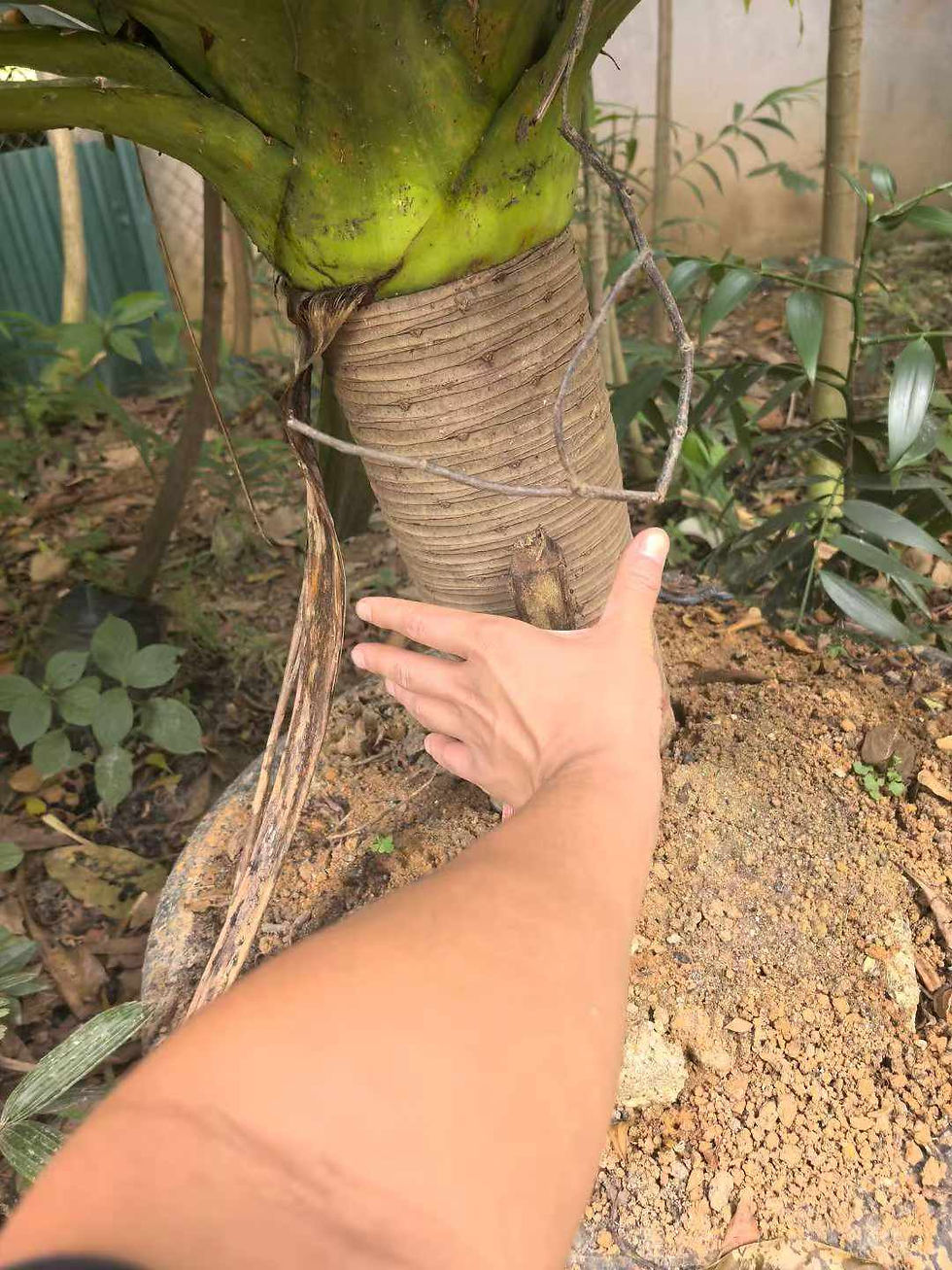Erigeron breviscapus
Aster breviscapus Vaniot, Bull. Acad. Int. Géogr. Bot. 12: 495. 1903; Erigeron breviscapus var. alboradiatus Y. Ling & Y. L. Chen; E. breviscapus var. leucanthus X. D. Dong & Ji H. Li; E. breviscapus var. tibeticus Y. Ling & Y. L. Chen; E. dielsii H. Léveillé; E. praecox Vierhapper & Handel-Mazzetti.
Herbs, perennial, 1-50 cm tall (sometimes less than 1 cm), sometimes ± caespitose; rhizome woody, thick. Stems several or solitary, or less than 1 cm, 1-1.5 mm in diam. at base, erect or ascending, sometimes procumbent, green or rarely purplish, simple or sometimes 2-4 branched, sparsely to densely hirsute, strigillose, sparsely to moderately stipitate glandular, denser distally. Leaves mostly basal, basal rosulate, present at anthesis, winged petiolate, blade oblanceolate to obovate-lanceolate or broadly spatulate, 1.5-4 × 0.5-2.5 cm, surfaces sparsely to densely scabrous-hirsute, sparsely scabridulous, sparsely minutely glandular, sometimes glabrate, ± 3-veined, base ± gradually attenuate, margin entire, hirsute-ciliate, apex obtuse or rounded, mucronate; cauline 2-4, rarely absent, sessile, blade narrowly ovate-lanceolate to narrowly lanceolate, 1-4 × 0.5-1 cm, base subclasping, apex obtuse to acute; upper reduced, linear. Capitula solitary at ends of stems or branches, 1.8-2.8(-3.5) cm in diam. Involucre hemispheric, 0.5-0.8 × 1-1.5 cm; phyllaries 3-seriate, slightly exceeding or equaling disk florets, green or purplish at margin and apex, linear-lanceolate, ca. 8 × 1 mm, membranous, acute to acuminate, outer 3.8-5.6 × 0.6-0.8 mm, abaxially densely to sparsely hirsute, ± densely strigillose, short-stipitate glandular, inner 5.6-7.3 × 0.6-0.85 mm, margin narrowly scarious, erose, sparsely ciliate. Ray florets 3-seriate, blue to purple or white, 9-12 × 0.8-1.1 mm, tube 2-3 mm, sparsely hairy in upper part and onto lamina base, lamina spreading, flat when dry; disk florets yellow, 3.5-4 mm, tube 1.2-1.5 mm, limb funnelform, sparsely hairy, lobes ovate, 0.55-0.6 mm, glabrous, tips sometimes reddish. Achenes narrowly oblong to oblanceolate, flattened, ca. 2.2 mm, densely strigose, often 1-ribbed abaxially. Pappus 2-seriate, brownish, outer bristles ca. 0.4 mm, inner 3.7-4 mm. Fl. Mar-Oct.
● Mid-elevation mountains, alpine to montane meadows, forest margins, Pinus forests, streamsides, grasslands, disturbed slopes, roadsides; 1200-3600 m. Guangxi, Guizhou, Hunan, Sichuan, E and S Xizang, Yunnan.
In addition to the typical variety, three varieties have been recognized. Erigeron breviscapus var. tibeticus (S Xizang: Qüxü; ca. 3600 m) is a high-elevation, shortly stemmed (sometimes less than 1 cm) morphotype; this extreme may represent phenotypic plasticity at the extreme limit of the species range. Erigeron breviscapus var. alboradiatus (EC Yunnan: Songming) is a white-rayed form with slender stems. The recently described E. breviscapus var. leucanthus is another pale-rayed form. Color forms frequently occur in Erigeron through a simple mutation within the flavonoid pathway. A biosystematic study of the complex is required to evaluate the value of these varieties.
Erigeron Breviscapus has a long traditional use in the maintenance of a healthy cardiovascular system and increased concentration. This herb has been prescribed for centuries to treat cerebrovascular disorders. Many patients get a second chance of life after taking Breviscapini when they have cerebrovascular complications, thus named LifeFlower. Breviscapus has been proven in many pharmacological studies. It has conspicuous biological activities that increase cerebrovascular blood flow and other functions including, raising the permeability of the blood-brain barrier, increasing nutritional blood flow of myocardium, raising immune function of cellulose dissolution, increasing peripheral coronary (heart) blood flow and helps to maintain a healthy brain.

































